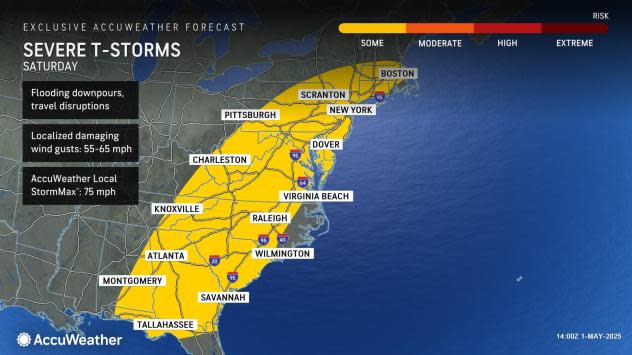Understanding a Severe Thunderstorm Watch: What It Means and How to Stay Safe
Severe weather can strike with little warning, making it vital to understand alerts like a severe thunderstorm watch. Knowing what these alerts mean helps you stay prepared and safe when storms threaten your area.

What Is a Severe Thunderstorm Watch?
A severe thunderstorm watch is an official alert issued by the National Weather Service. It signals that weather conditions are favorable for the development of severe thunderstorms in a specific area over the next several hours. This means you should be alert and ready to act if more serious warnings follow.
When a watch is issued, severe weather is not occurring yet, but the atmosphere has the potential to produce damaging winds, large hail, intense lightning, and in rare cases, tornadoes.
What Happens During a Severe Thunderstorm Watch?
Once a severe thunderstorm watch is in effect, meteorologists closely monitor radar and weather data for signs of developing storms. Residents and businesses in the watch area should:
- Review their emergency plans.
- Make sure mobile devices are charged for potential power outages.
- Secure outdoor items that could become dangerous during strong winds.
- Keep local news or weather apps handy for updates.
For example, on Thursday, May 1, 2025, a severe thunderstorm warning was issued for Northeast Ohio, following a severe thunderstorm watch that covered a large swath of the state. Residents experienced wind gusts up to 60 mph and quarter-sized hail, highlighting the importance of staying alert when a watch is announced.
Common Hazards During Watches
Severe thunderstorms can bring several hazards, including:
- Damaging Winds: Capable of downing trees and power lines.
- Large Hail: Can break windows and cause injury.
- Heavy Rain: Increases the risk of flash flooding.
- Isolated Tornadoes: While less common, brief tornadoes can form in intense storms.
Some areas already damaged by high winds may be especially vulnerable if storms hit again during a new watch period. Cleanup efforts and repairs may be delayed as another round of severe weather passes through.
What Should You Do If a Watch Is Issued?
If a severe thunderstorm watch is announced for your area:
- Stay Informed: Follow a trusted weather source or NOAA radio.
- Limit Outdoor Activities: Avoid outdoor events until the watch expires.
- Prepare for Power Outages: Have flashlights and batteries within reach.
In the Cincinnati region, for instance, a severe thunderstorm watch signaled the possibility of damaging winds, hail, and even tornadoes. Residents were urged to plan ahead and stay indoors until the threat passed.
Difference Between a Watch and a Warning
It’s important not to confuse a watch with a warning:
- A severe thunderstorm watch means storms could develop—stay alert.
- A severe thunderstorm warning means a dangerous storm has been spotted or indicated by radar—take shelter immediately.
Final Thoughts: Be Ready, Not Alarmed
Understanding the meaning and purpose of a severe thunderstorm watch empowers you to respond quickly and effectively. Pay attention to weather updates, know your emergency plan, and stay indoors when possible during active watch periods.
Severe storms can develop quickly, but with the right preparation, you can help keep yourself and your loved ones safe. For more regional updates and detailed forecasts, stay tuned to official weather sources and check reputable news coverage whenever severe weather approaches your area.